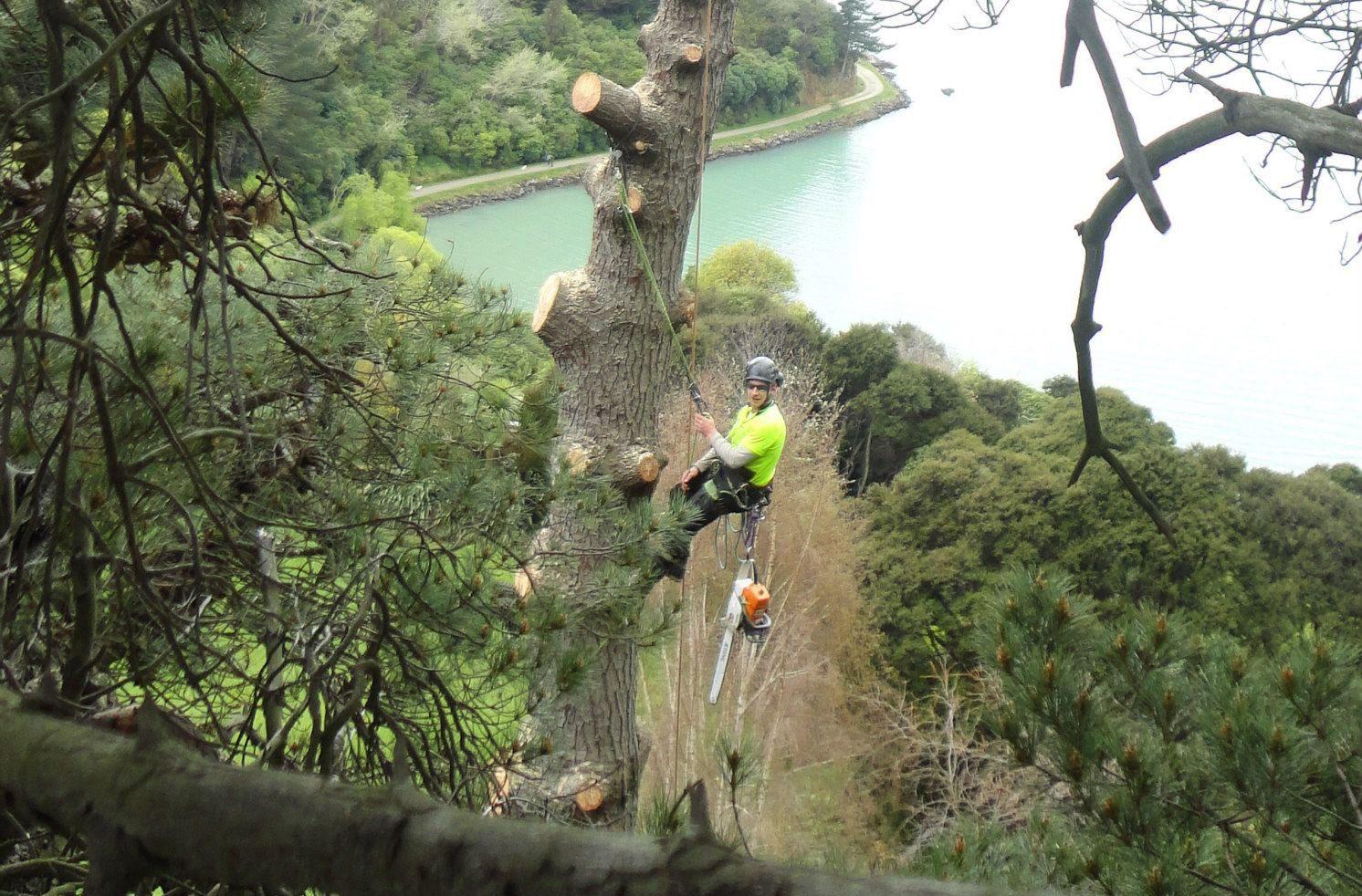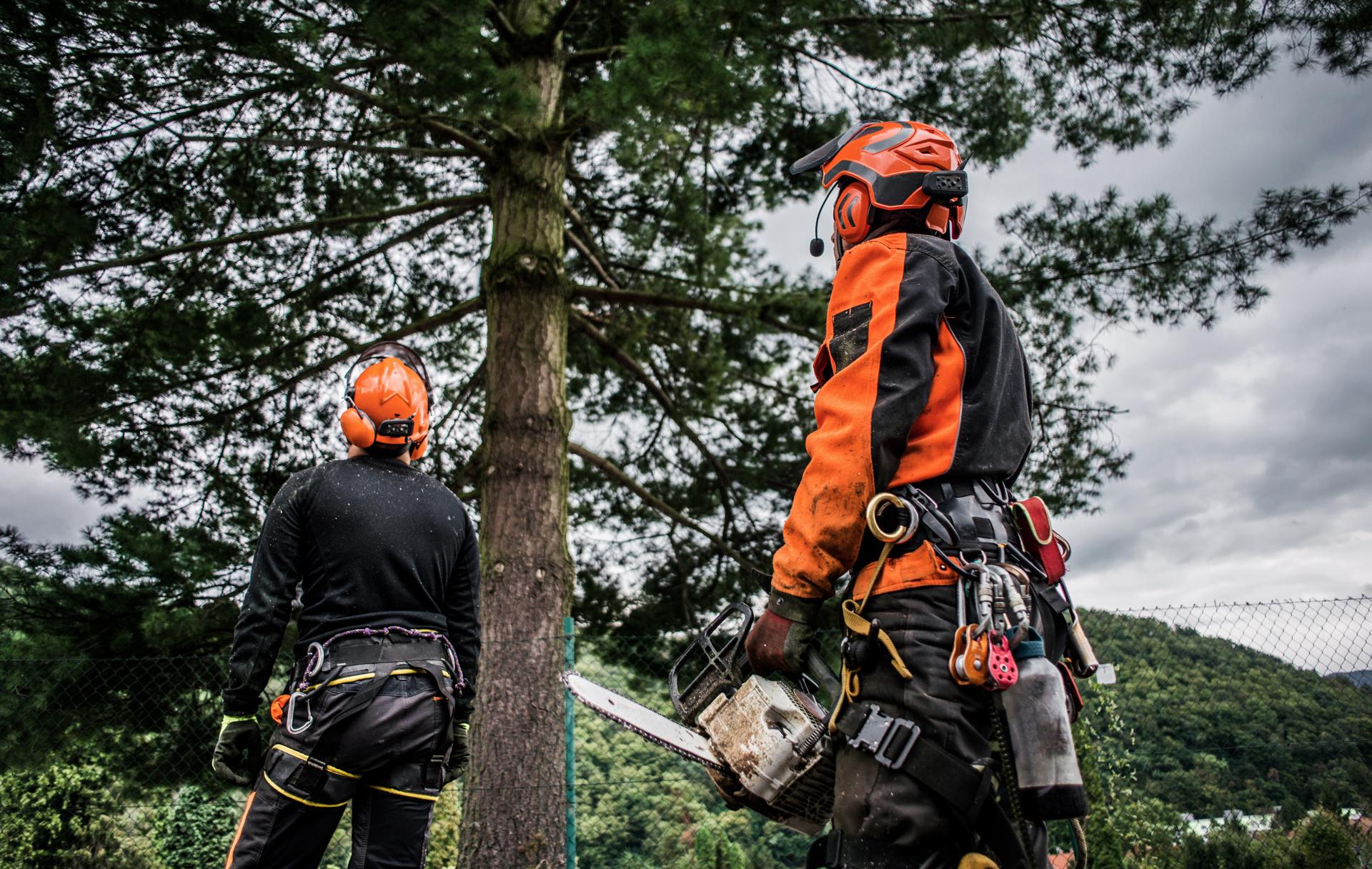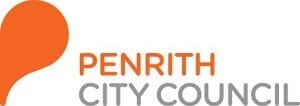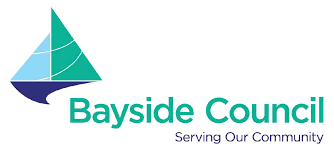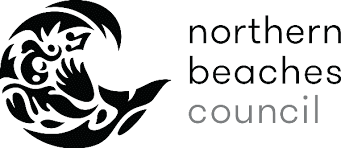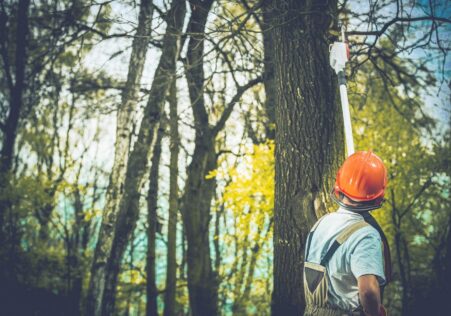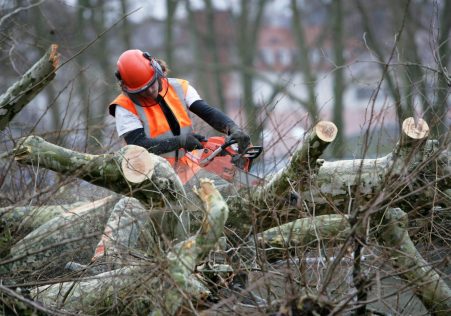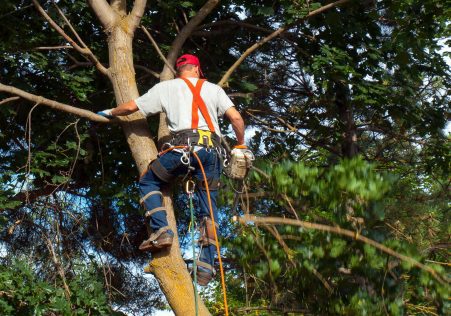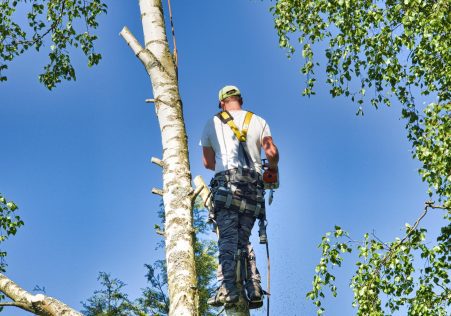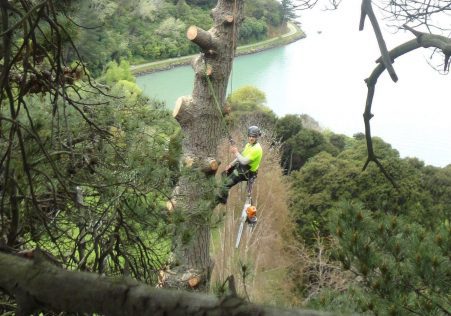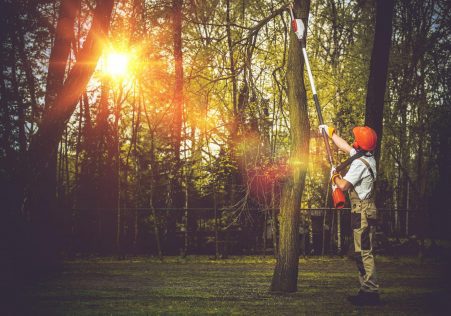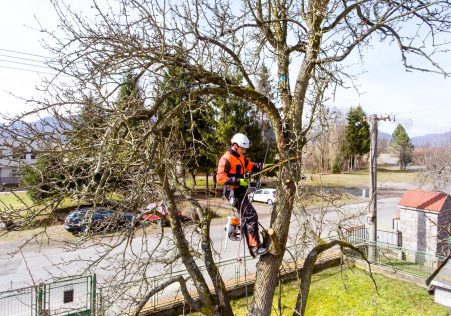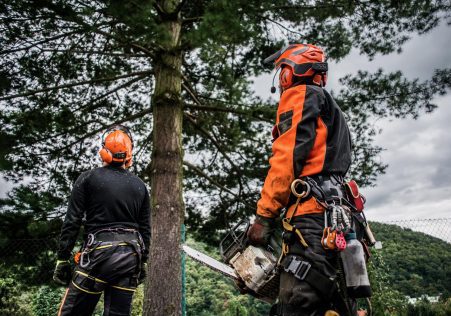The Top Indicators That a Tree Requires to be Removed
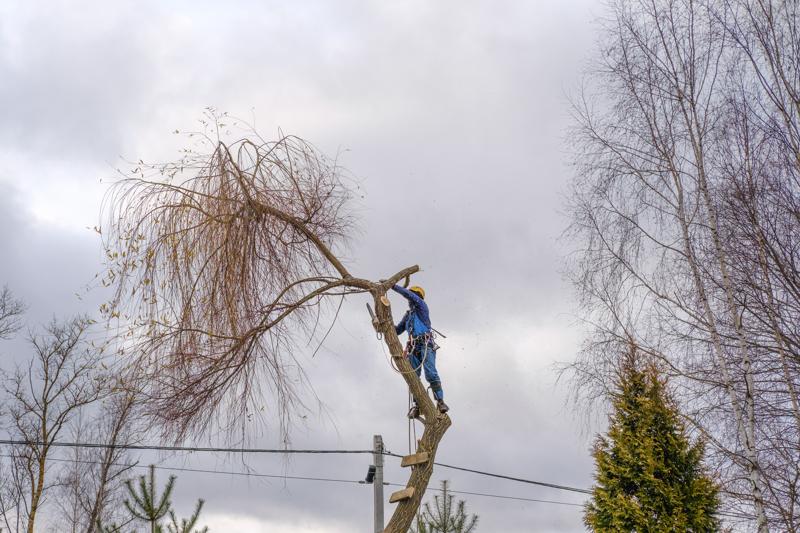
Tree removal is a complex and potentially dangerous task. If a tree has died or ill-healthed, or is at risk of falling, it could need to be removed to avoid damage to property and guarantee safety. But how do you tell if a tree needs to be cut down? We’ll walk you through the warning signs to be looking to and assist you determine whether it’s time to call in the experts.
Dead or dying trees
One of the evident signs that a tree needs to be removed is when it is dying or dead. Dead trees are without leaves and could appear lifeless. If a tree is without leaves or any signs of growth, it’s probably dead. In addition, the bark of a dead tree might be dry, cracked, or peeling.
Trees with diseases
The trees that are sick can pose a threat to other plants and trees within the vicinity. Common signs of disease for trees include yellowing leaves, wilted branches, and mushroom growth at the bottom or the trunk. If you think your tree is suffering from disease It is essential to get it checked by an arborist who is a professional.
Leaning Trees
Trees that are leaning towards one side could be a sign that the root system is failing and the tree could be at risk of falling. To identify if a leaning tree is a danger, look for cracks or breaks in the trunk and examine the soil surrounding the tree’s base. If you notice any of these indicators it is recommended to examine the tree by an arborist.
Overhanging Branches
Trees with overhanging branches which are located close to power lines or buildings can pose a risk to the safety of your property and personal safety. If you are concerned about overhanging branches you should get the tree assessed by an arborist to determine whether removal or pruning is needed.
FAQs
What can I do to tell if a tree is dead?
A tree is considered to be dead if it lacks leaves and has no evidence of new growth. Additionally, the bark of dead trees can be dry, cracked, or peeling.
What are the warning signs of a diseased tree?
Common signs of illness in trees include dying leaves, wilted or yellowed branches, and mushroom growth at the bottom of the tree.
Can you safely remove a tree yourself?
Tree removal is a complex and potentially dangerous task. It’s best to leave it to experts who can ensure the safety of yourself and others.
Conclusion
When it comes to tree removal, it’s important to be able to identify the indications that a tree should be removed. If you are aware of signs of dead or dying trees, sick trees, tree leaning, and hanging branches, you can take steps to protect your property and those around you. If you believe that the tree that is on your property must be removed do not hesitate to contact North Shore Tree Removal for a professional review. Our arborists are highly skilled and have the experience and equipment to handle all your tree removal needs. Don’t take any chances with your safety. If you think there is a tree in your yard that must be removed, call North Shore Tree Removal today for a professional evaluation. Our expert arborists will provide you with the peace of mind that comes with knowing your property is in good in the hands of our experts. Call us now at 1300 636 143 to schedule an appointment.

